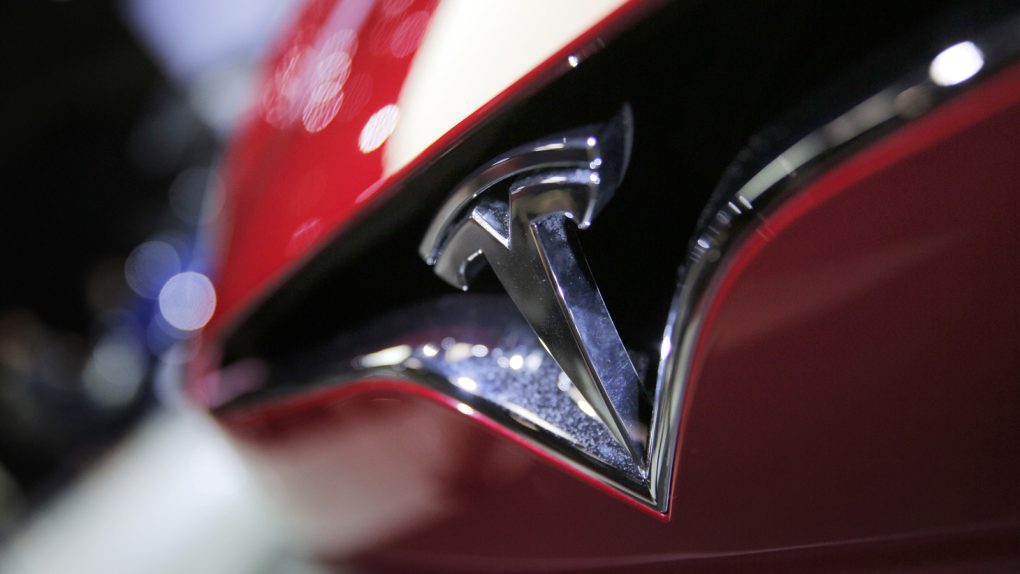One of the reasons behind Apple’s unrivaled success over the 15 years has been its attention to detail and its near-obsession with controlling as much of the underlying technology in its products as possible. Even going as far back as the iPod era, you might recall that Apple made a point to develop its own Click Wheel design as opposed to relying upon perfectly workable third-party solutions. More recently, we saw Apple take chip design in-house with its series of powerful A-x processors for the iPhone and iPad. In effect, Apple, to the extent possible, relentlessly seeks to exert full control over its products.
In a similar vein, Tesla is of the mind that if you want something done right, you might want to go ahead and do it yourself. To this point, Reuters relays an interesting story regarding Tesla’s 2015 decision to begin manufacturing Tesla seats on its own.
Hardly a revelation, the seats on Tesla vehicles — from the Model S to the Model X — have long been criticized for a variety of reasons. As the story goes, Tesla CEO Elon Musk became so frustrated with the company hired to manufacture the design that he decided to bring things in-house.
The seats on Tesla Inc’s new Model X SUV were a mess. An outside contractor was having trouble executing the complicated design, spurring frustration and finger-pointing between Tesla and its supplier.
How would Tesla ever pull off mass production of the upcoming Model 3, the car intended to catapult the niche automaker into the big leagues, if it could not deliver on something as fundamental as a seat?
Musk made a decision: Tesla would build the seats itself.
Now that’s all well and good, but Tesla’s willingness to play a larger role in the manufacturing process may ultimately hinder the company’s ability to ramp up production. Remember, Elon Musk has said that the goal is for Tesla to manufacture 500,000 cars annually by 2018. That’s a lofty goal, to be sure, and given how slowly Model 3 production has been going, you’d be well within your rights to be more than skeptical of Tesla’s ability to pull it off. Specifically, Tesla during its third fiscal quarter only manufactured 260 vehicles, with Elon Musk noting that production bottlenecks were to blame.
Model 3 production was less than anticipated due to production bottlenecks. Although the vast majority of manufacturing subsystems at both our California car plant and our Nevada Gigafactory are able to operate at high rate, a handful have taken longer to activate than expected. It is important to emphasize that there are no fundamental issues with the Model 3 production or supply chain. We understand what needs to be fixed and we are confident of addressing the manufacturing bottleneck issues in the near-term.
Regardless, Tesla remains intent on plowing through and automating the seat assembly process for the Model 3.
If seats could be entirely redesigned from the ground up, Musk reasoned, maybe their assembly could be automated in preparation for the high volumes anticipated for the Model 3.
“He saw the opportunity to do it differently and better,” the former Tesla executive said. “The short term was a stop gap, but the long-term idea was to rethink the design of how a seat works to include how a seat is built.”
Looking ahead it will be interesting to see how soon it’s going to take before Musk’s Apple-esque strategy begins paying off on the production line.








